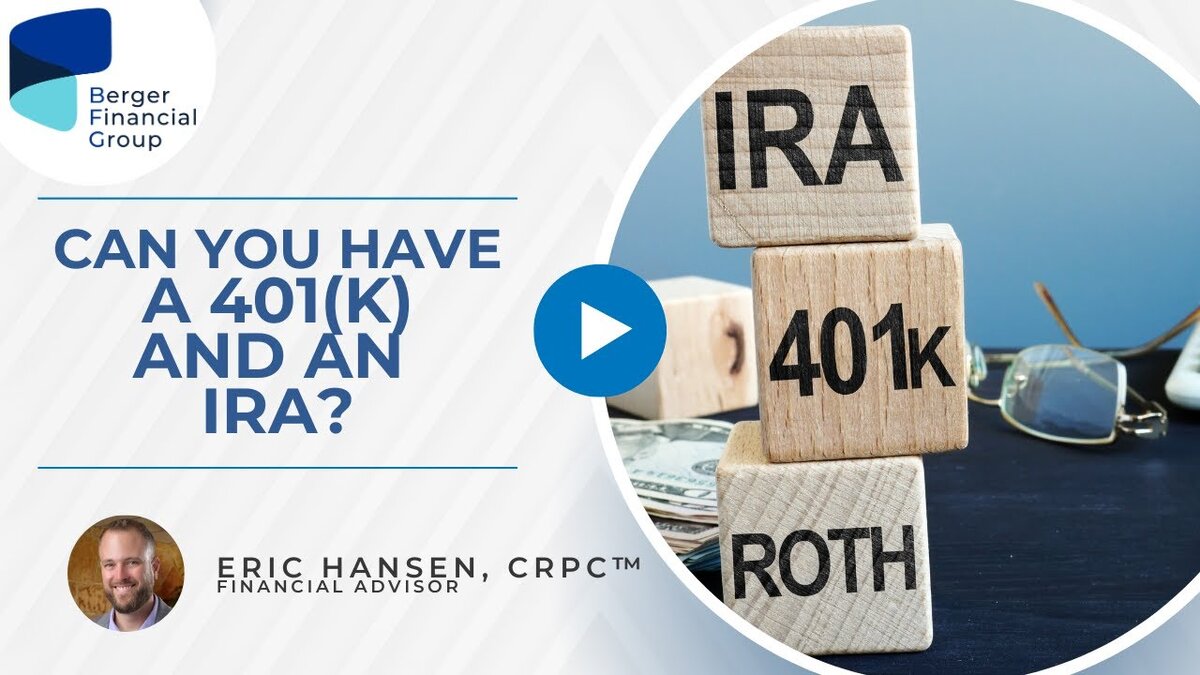One of my favorite financial authors, Morgan Housel, coined the phrase “Save live a pessimist, invest like an optimist.” In the realm of financial planning, finding the right balance between caution and optimism is paramount for building a secure future. It’s a delicate dance between preserving what you have and striving for growth. This article explores the concept of saving like a pessimist but investing like an optimist, a strategy that can lead to long-term financial success and peace of mind.
Saving Like a Pessimist
Saving like a pessimist means adopting a conservative approach to your finances. It involves building a safety net, preparing for unexpected expenses, and safeguarding against potential downturns in the economy or personal circumstances. Here are some key principles to follow:
1. Emergency Fund:
Start by establishing an emergency fund that covers at least three to six months’ worth of living expenses. This fund acts as a buffer against job loss, medical emergencies, or other unforeseen events.
2. Budgeting:
Embrace frugality and prioritize needs over wants. Create a realistic budget that allows you to save a portion of your income each month. Track your expenses diligently to identify areas where you can cut back and increase your savings rate.
3. Debt Management:
Take a proactive approach to managing debt. Pay off high-interest debts as quickly as possible, starting with credit cards and personal loans. Consider refinancing or consolidating debts to lower interest rates and accelerate repayment.
4. Insurance Coverage:
Review your insurance policies regularly to ensure adequate coverage for health, life, disability, and property. Don’t underestimate the importance of insurance in protecting your financial well-being against unexpected events.
Investing Like an Optimist
Investing like an optimist involves having faith in the potential for long-term growth and prosperity in the financial markets. It requires taking calculated risks, diversifying your portfolio, and staying focused on your investment goals. Here’s how to approach it:
1. Long-Term Perspective:
Adopt a long-term mindset when investing. Understand that markets may experience short-term fluctuations, but historically, they have trended upward over time. Stay committed to your investment strategy and avoid making impulsive decisions based on market volatility.
2. Diversification:
Spread your investments across a mix of asset classes, including stocks, bonds, real estate, and alternative investments. Diversification helps mitigate risk and enhances the potential for consistent returns, even during turbulent market conditions.
3. Regular Review and Rebalancing:
Monitor your investment portfolio regularly and rebalance it as needed to maintain your desired asset allocation. Reassess your risk tolerance and investment objectives periodically to ensure your portfolio remains aligned with your financial goals.
4. Seek Professional Guidance:
Consider working with a qualified financial advisor who can provide personalized advice and guidance tailored to your individual circumstances. An advisor can help you develop a customized investment strategy, navigate market complexities, and stay on track to achieve your long-term financial objectives.
Finding the Balance
Balancing the cautious mindset of a pessimist with the optimistic outlook of an investor is key to achieving financial success. By saving diligently and building a strong financial foundation, you can weather any storm that comes your way. At the same time, by investing wisely and believing in the power of long-term growth, you can capitalize on opportunities to build wealth and secure your financial future.
Remember, financial planning is not about timing the market or chasing short-term gains. It’s about adopting a disciplined approach that combines prudence with optimism, allowing you to navigate the complexities of the financial world with confidence and resilience. So, save like a pessimist, but invest like an optimist, and watch your financial dreams become a reality.




